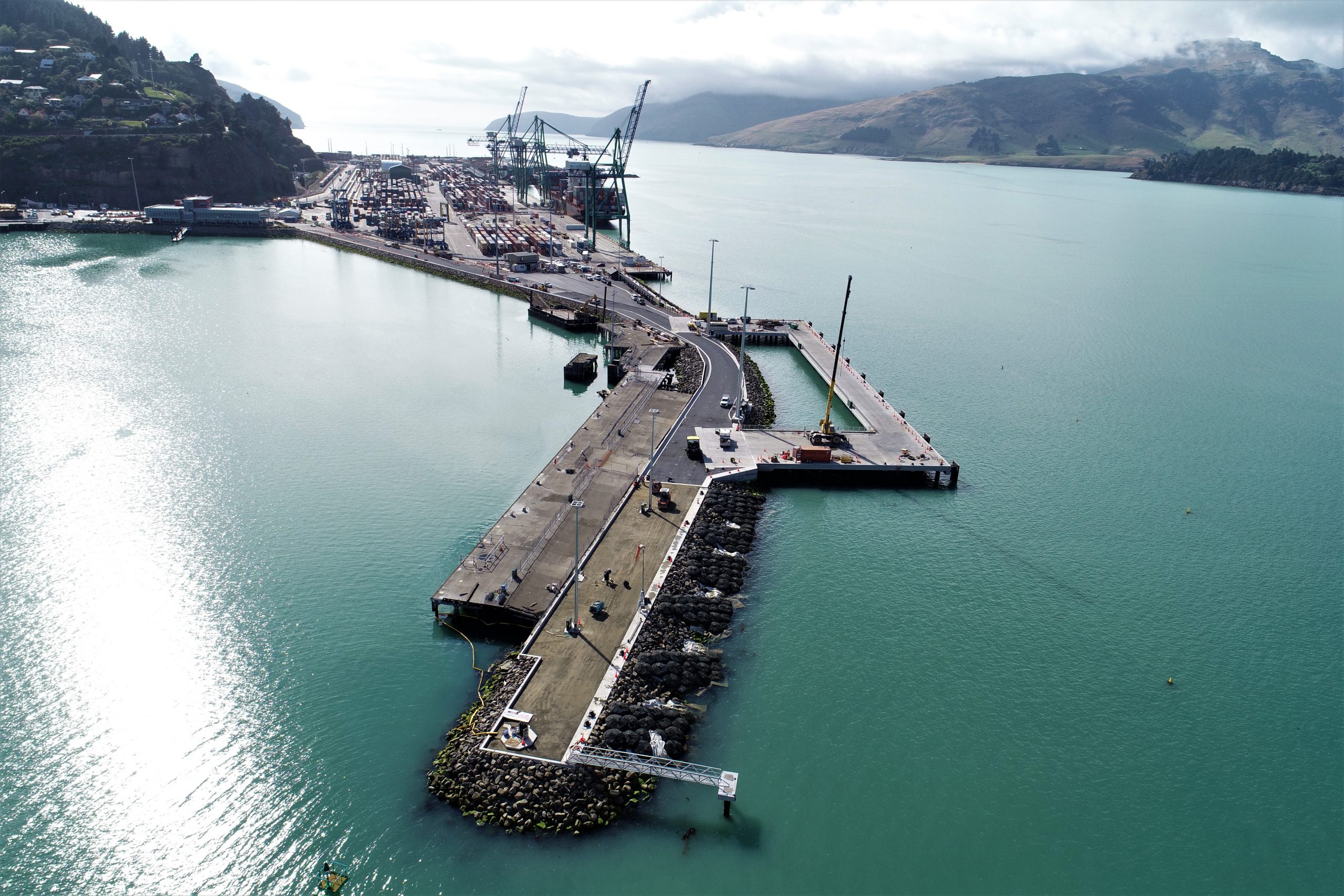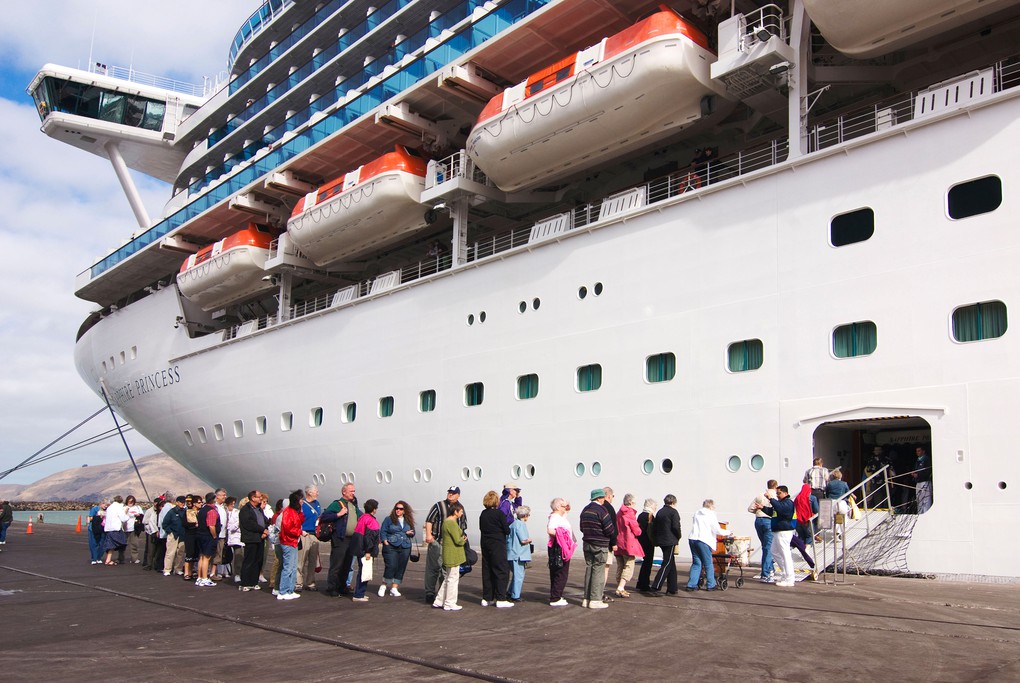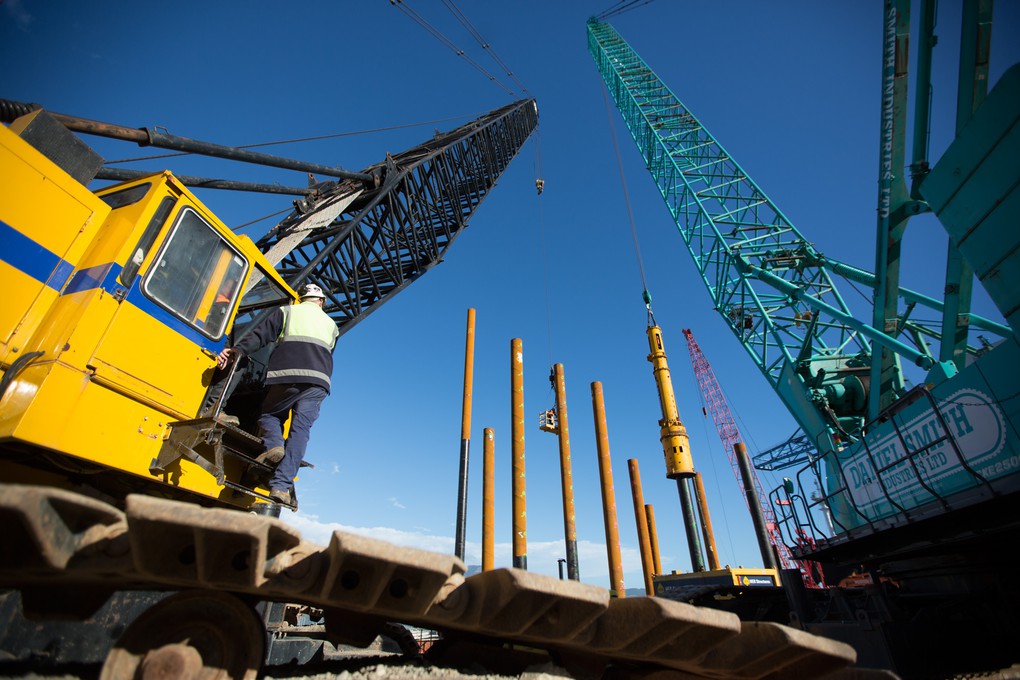We are committed to the dual goal of a healthy harbour and a thriving port. Environmental impact assessments were undertaken to ensure there will be no negative environmental effects of the construction and operation, of the cruise berth.
Marine mammals
Marine mammals, in particular Hectors’ dolphins are highly sensitive to underwater noise. Throughout the design process, the size and number of piles in the water were decreased to reduce noise during piling activities. Underwater noise modelling shows that these changes significantly reduce the amount and duration of underwater noise the dolphins will experience.
A marine piling management plan was in place throughout the construction to further minimise effects on dolphins. This included marine mammal overserves, procedures to shut down if mammals were sighted and soft starts to give the mammals a chance to leave the area before full piling commences.
Birdlife
A number of seabirds seasonally nest and live in the adjacent Z-Berth. We continue to carefully monitor the area and put measures in place to ensure their safety throughout the construction period.
Water quality
The construction had the potential to generate sediment in the water. A Construction Environmental Management Plan (CEMP) was in place throughout the construction period, detailing management steps to ensure harbour water is not compromised during construction.
More information on the environmental management of this project can be found on our Harbourwatch publications page.


